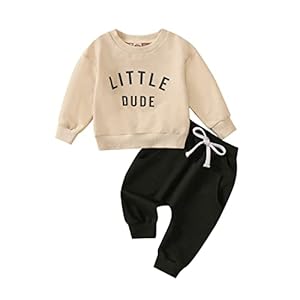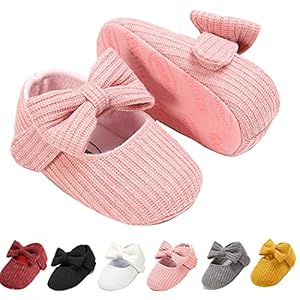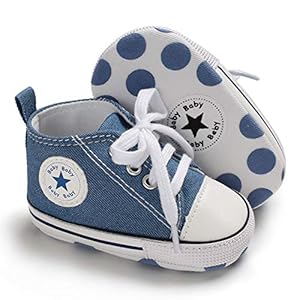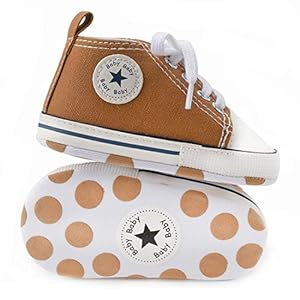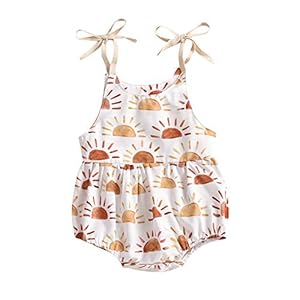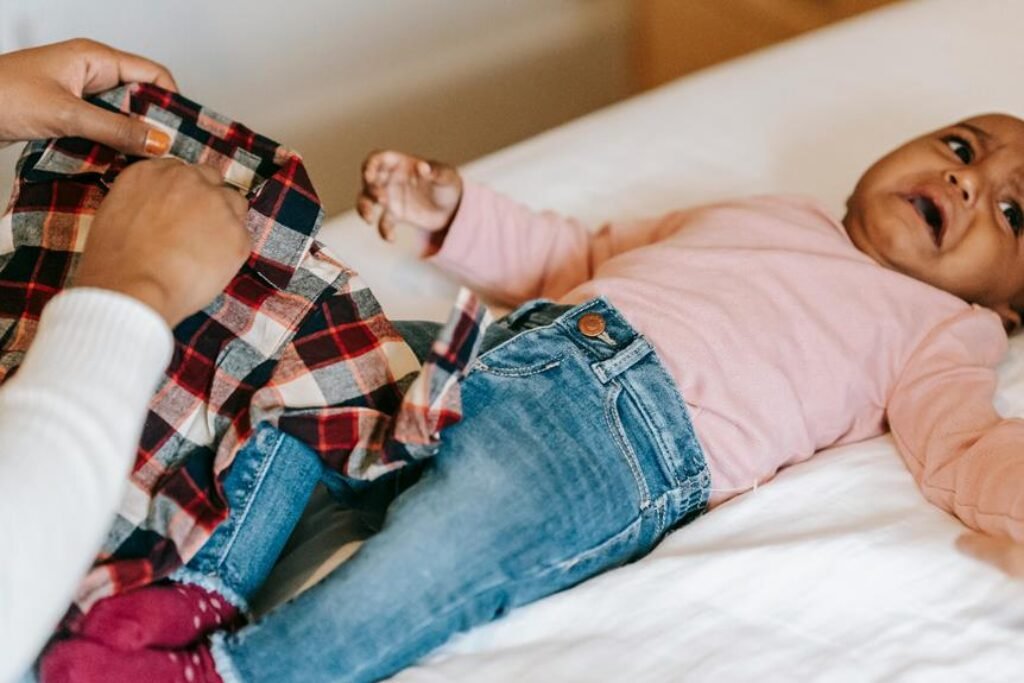
When dressing your baby, safety should be a top priority. From the choice of fabric to the way you wash and maintain their clothing, every decision can impact your little one’s well-being. Ensuring that their clothes are free from harmful substances, fit comfortably, and are properly cared for is essential. So, how can you make sure your baby’s clothing is truly safe? Let’s explore some key tips that will give you peace of mind and keep your baby cozy and secure in their adorable outfits.
Fabric Selection
When choosing fabrics for your baby’s clothing, opt for soft and breathable materials to ensure comfort and safety. Fabrics like cotton, bamboo, and organic blends are gentle on your baby’s delicate skin and allow for proper air circulation, reducing the risk of overheating. These materials are also less likely to cause irritation or allergic reactions, keeping your little one happy and cozy.
Avoid fabrics that are rough, scratchy, or have a tight weave that restricts airflow. These can lead to discomfort and may even pose a safety hazard if they cause your baby to overheat. Opt for natural fibers that are free from harmful chemicals and dyes, as these can be harsh on your baby’s skin and may cause irritation.
Remember to check the care instructions for each fabric to ensure that they can be easily washed and maintained. Always wash new clothes before putting them on your baby to remove any potential irritants from the manufacturing process. By choosing the right fabrics, you can help keep your baby safe, comfortable, and happy.
Size and Fit
For optimal comfort and safety, ensure that your baby’s clothing fits snugly but allows for easy movement. When dressing your baby, make sure that the clothes aren’t too tight or too loose. Tight-fitting clothes can restrict your baby’s movements and cause discomfort, while loose clothing poses a risk for entanglement or getting caught on objects. Check the sizing labels on the garments and consider your baby’s current measurements to ensure a proper fit.
Avoid clothing with tight elastic bands around the waist, wrists, or ankles, as these can dig into your baby’s skin and cause irritation. Opt for soft fabrics that have some stretch to them, allowing your baby to move freely without feeling constrained. Remember that babies grow quickly, so regularly check and update their wardrobe to accommodate their changing size.
Properly fitting clothing not only ensures your baby’s comfort but also reduces the risk of accidents or injuries. Keep an eye on how your baby reacts to different outfits to gauge their comfort level, making adjustments as needed.
Embellishments and Accessories
Wondering how to safely incorporate embellishments and accessories into your baby’s clothing choices? When selecting clothing with embellishments for your little one, it’s crucial to prioritize safety. Opt for securely attached embellishments like buttons, beads, or appliques to minimize the risk of choking hazards. Ensure that any attached ribbons or strings are short enough to prevent entanglement. Additionally, avoid clothing with sharp or protruding embellishments that could scratch delicate skin.
When it comes to accessories, simplicity is key. Choose accessories that are specifically designed for babies to ensure they’re safe for use. Soft fabric headbands without small detachable parts or elastic bands are great choices. For shoes, opt for styles with soft soles and secure closures to provide comfort and safety for your baby’s feet. Always supervise your baby when they’re wearing accessories to prevent any accidents or injuries.
Care and Maintenance
To ensure your baby’s clothing remains in good condition and safe for wear, proper care and maintenance are essential. Always check the care labels on the garments for specific washing instructions. Most baby clothes are machine washable, but delicate items may require hand washing. Use a gentle detergent that’s free from harsh chemicals and perfumes to avoid skin irritations. It’s best to wash baby clothes separately from the rest of the family’s laundry to prevent potential contamination.
After washing, make sure to dry the clothes thoroughly. Sun drying is ideal as it helps to naturally disinfect and remove any lingering odors. However, if using a dryer, opt for a low heat setting to prevent shrinking or damaging delicate fabrics. Remember to iron clothes at the appropriate temperatures to avoid scorching or melting the fabric.
Additionally, regularly check for loose buttons, fraying threads, or any other signs of wear and tear, and promptly repair them to ensure your baby’s clothing remains safe and comfortable for them to wear.
Trending Products


